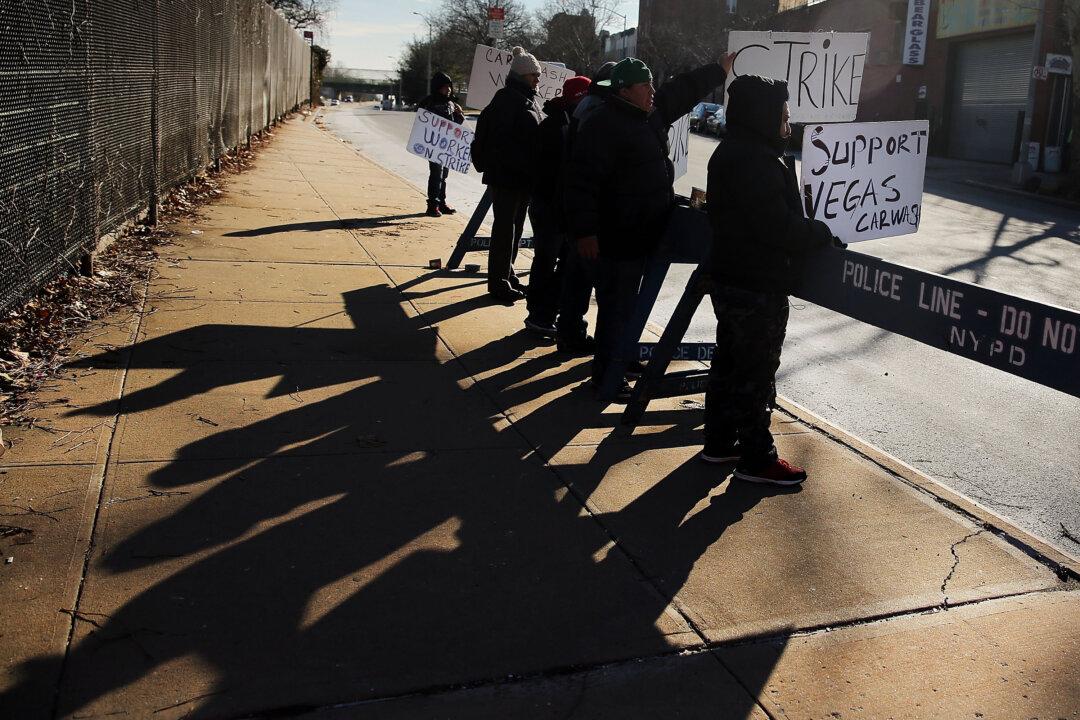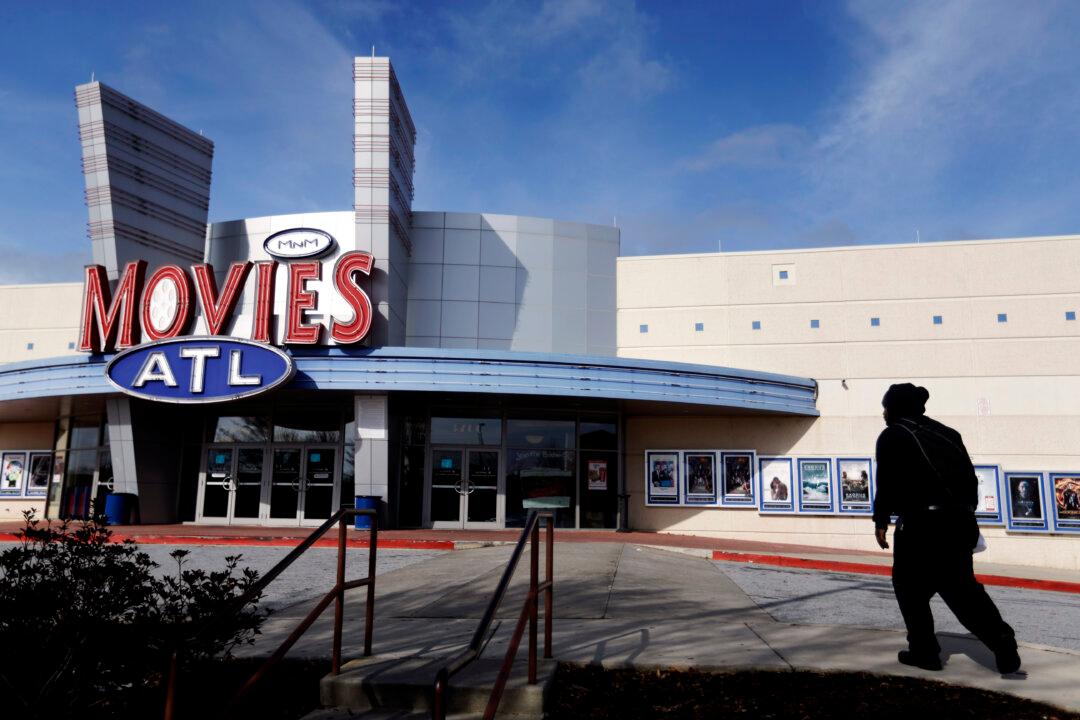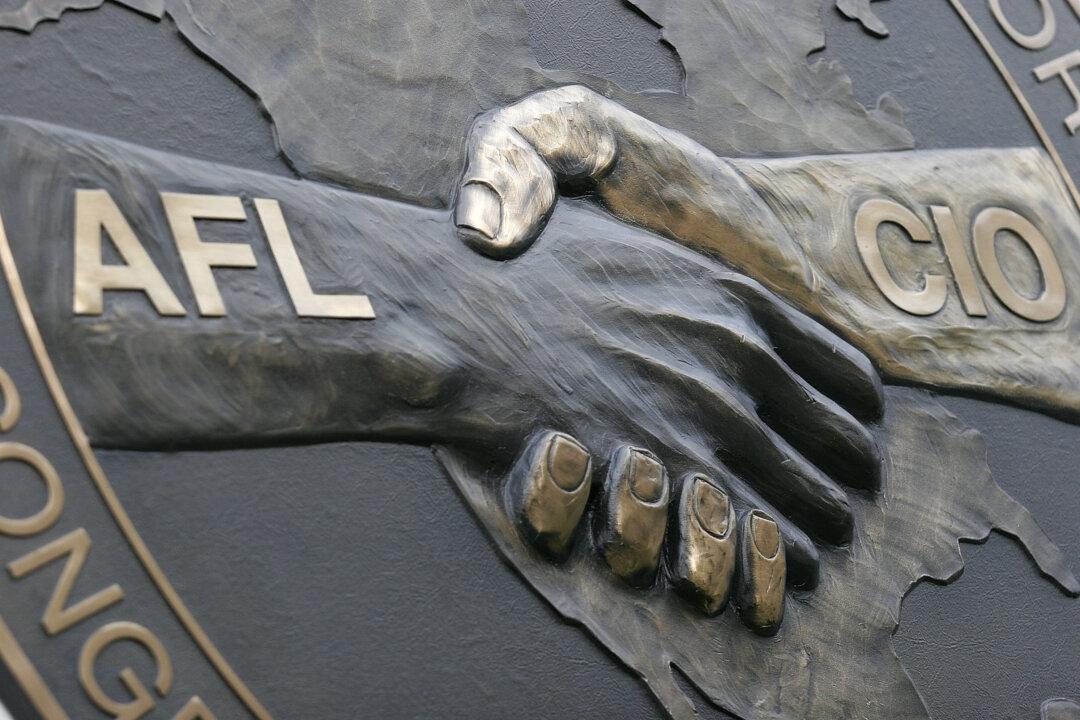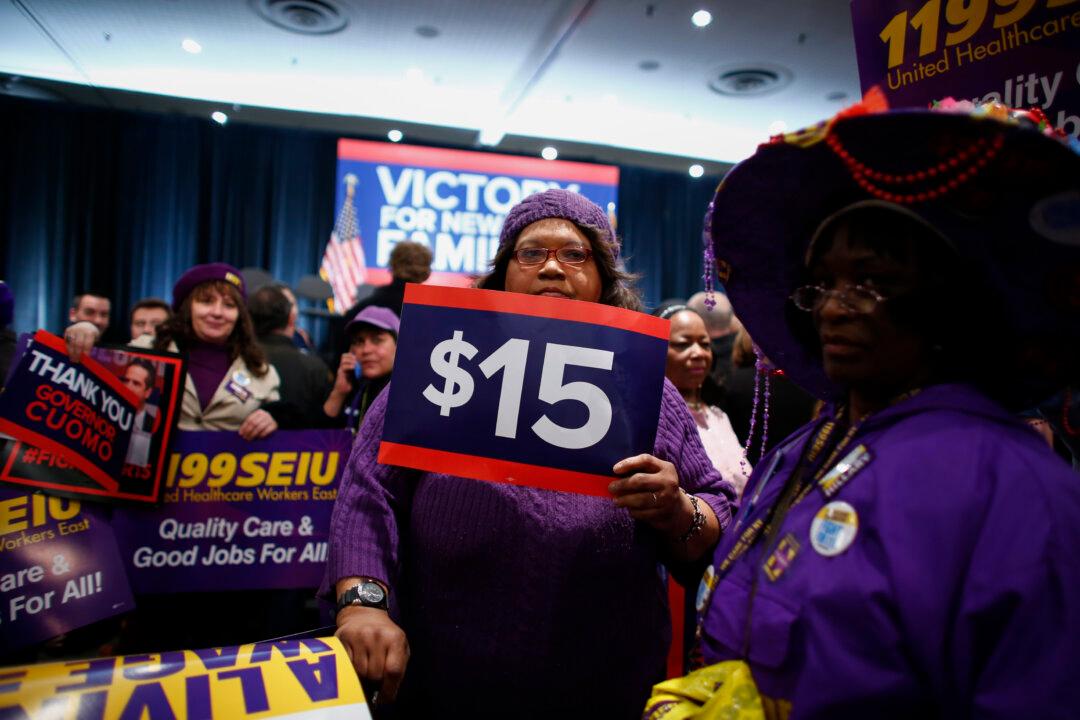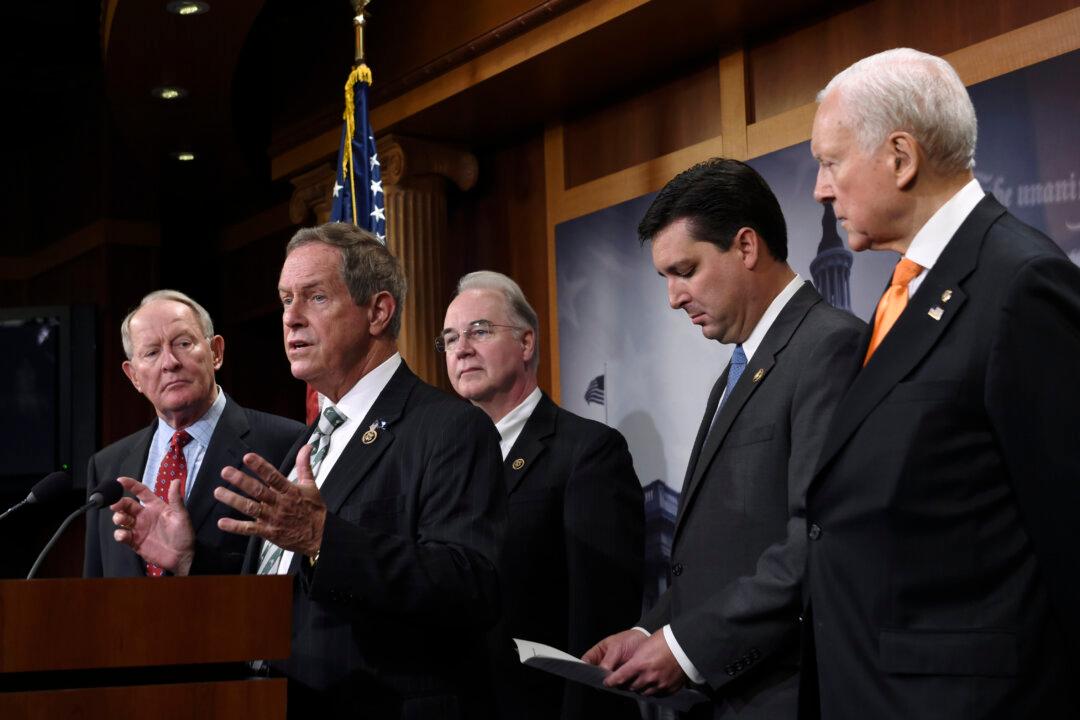Toward the end of 2014, a handful of wishful members of the labor press “discovered” a new trend—the rebirth of labor unions. Bolstered by a series of new regulations and edicts designed to push more Americans to become dues-paying members, Big Labor had supposedly caught its second wind.
This is less a trend than a temporary boost thanks to a labor board that’s operating as the legal wing of the AFL-CIO. Underlying interest in voluntarily joining or paying dues is in fact historically low. And new data on the union participation rate from the Bureau of Labor Statistics (BLS) gives lie to a 21st century labor resurgence before it takes its first mandatory coffee break.
Union membership hit its postwar peak in the mid-1950s, with about 35 percent of non-farm payroll employees being represented. Decline has been relatively consistent since then. In 2014, despite the “comeback” hype, the total rate of union membership among employed Americans fell to its lowest level since 1983, the year BLS began keeping records.
In all, only 11.1 percent of employed Americans are now union members. (In New York, the rate is 24.6 percent.) In the private sector, the national rate of union membership is 6.6 percent, equaling the all-time low. Union membership even failed to keep up with job growth, despite the efforts of administration officials.
Unions can and do try to blame a biased legal environment for their failures, but workplace organizing is still governed by the same 1947 law under which Big Labor once prospered. Unions also enjoy a business climate today that’s far less aggressive in its anti-union attitude than their predecessors faced in the ‘40s and ’50s.
Though unions refuse to acknowledge it, the reality is that employees are rejecting them because they’re still peddling the same industrial warfare rhetoric to a workforce for whom it’s no longer relevant. It’s as if Kodak was still trying to sell 35mm cameras in an age of smartphones—they might have been popular and even necessary at one point, but the world has moved on.
There’s also the issue of the sizable (and growing) political disconnect between many current union members and their leaderships: While roughly 40 percent of union members vote Republican, up to 99 percent of union dues used to support ideological organizations are given to Democrat-aligned left-wing groups.
In the past Congress, Sen. Orrin Hatch (R-Utah) and Rep. Tom Price (R-Ga.) introduced a bill to increase individual employees’ rights on the job. It’s called the Employee Rights Act (ERA), and it avoids the typical union versus management power struggle that’s stymied reform for years.
It would give members a greater opportunity to decide internal union issues through a democratic process. The initial decision to join a union and the decision to strike would be coupled to a guaranteed secret ballot vote. Employees would also have a regular opportunity to vote to decertify an ineffective union without facing the bureaucracy and union-led stalling endemic to the current process.
Not surprisingly, this set of reforms has consistently polled 80 percent or better across every demographic—including current union households. None of these reforms deny a union the right to organize. None restrict collective bargaining or any other basic right to represent those who seek out a union. But they do provide needed balance in the union versus employee relationship.
This legislation could actually strengthen some enlightened unions by making the leadership more responsive to current and prospective members. But for those union bosses who don’t want to relinquish power, it will take an excellent wordsmith to find a defensible reason to deny these ERA reforms to their own members.
President Obama called on Congress in this year’s State of the Union to pass laws that “give American workers a voice.” The ERA is a good place to start.
Richard Berman is executive director at the Center for Union Facts.
